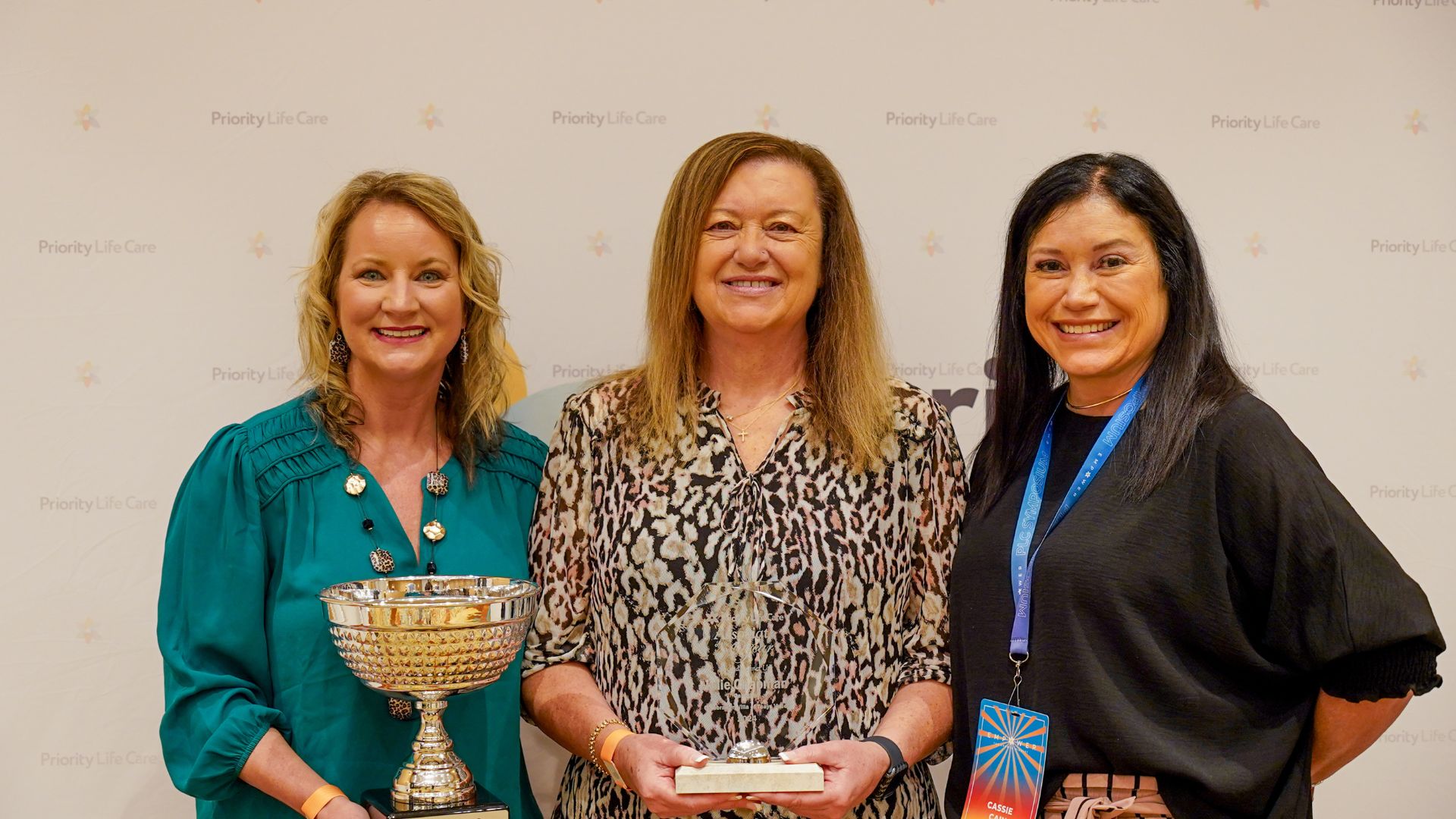Chronic pain can be the culprit of diminished quality of life for many seniors. The rate of chronic pain sufferers above the age of 65 is cited to be as high as 60-75%. As individuals age, they may find that they become more sedentary for a variety of reasons, such as working from a desk and finding less time to be active during the week. Once advanced age is reached, pain can become a barrier to exercise altogether.
With a lack of exercise, seniors may begin to experience higher rates of depression, mood swings, and decreasing levels of strength and mobility. This has the potential to affect daily tasks such as spending time with family, running errands, or even participating in hobbies.
Studies have shown that exercise can be a self-management strategy for chronic pain. Joint and muscle pain, especially prevalent in seniors with osteoporosis or arthritis, may decrease by 25% in those who exercise for two or more hours a week when compared to their sedentary counterparts.
COMBATING CHRONIC PAIN WITH EXERCISE
For older adults, the CDC recommends 150 minutes of moderate aerobic exercise each week, along with a session or two of strength training. This can equate to several half-hour walks each week or going for a jog a few mornings. Resistance training can help to improve strength and maintain flexibility and balance, decreasing the risk of falls and broken bones.
This may seem out of reach for seniors suffering from chronic lower back pain, joint osteoarthritis, or pain related to diabetes. However, any type of movement that takes a senior from sedentary to active is beneficial to pain management, as remaining still can exacerbate chronic pain symptoms.
An increase in physical activity has the potential to significantly diminish ongoing pain, as well as allow the body to form adaptive responses to common pain triggers. Once the barrier to participation is overcome, seniors see vastly improved well-being.
Exercise can help to:
- Maintain functional joint movement
- Increase mobility and flexibility
- Improve cardiovascular health and stamina
- Prevent the breakdown of bone and cartilage tissue
SENIOR FITNESS TIPS
Physical activity doesn’t have to be defined as going for a run or lifting heavy weights. For seniors, any form of body movement is beneficial to both short and long-term health. Practicing a regular exercise regimen, allows seniors confidence to increase as they begin to manage their pain. At the end of the day, seniors need to remain as physically active as their current abilities allow them to be. Here are a few tips for staying active!
- Make exercise a social activity: Exercise doesn’t have to be a solo activity. Try inviting a friend out for a walk, joining a community dance class, or using family visiting time as an opportunity to incorporate fun games that get you moving.
- Make exercise fun: Some people find walking alone on a treadmill pretty boring, but that’s not the only option! One key to consistent exercise is finding ways to make it enjoyable and keep it interesting. Try incorporating strength, endurance, balance, and flexibility into your routine.
- Set short term goals / log progress: Striving toward a specific goal can help with long term motivation and consistency. Try setting a few small goals and tracking progress along the way to see how far you’ve come!
FITNESS AND SENIOR LIVING COMMUNITIES
Priority Life Care Senior Living Communities offer daily exercise classes as well as social events that can keep you moving. Classes are easily modified to accommodate any level of fitness. It’s a great way to keep active and find a fitness buddy to keep you motivated. If you are looking to do a specific type of exercise that is not offered, let the Life Enrichment Director know! We often find if one person is asking for something specific, there are other like-minded individuals who will also participate. Visit a Priority Life Care community today to see what is available for you.



